
VeChain is a smart contract-compatible blockchain designed to enhance the supply chain and accelerate the mass adoption of blockchain technology.
The fundamental traits of blockchain technology, including decentralization, immutability, transparency and automation, have proven to be capable of several use cases for different businesses. However, due to the costs of creating and maintaining blockchain-powered applications, it can be difficult and expensive for enterprises to fully utilize its benefits.
With the adoption of distributed ledgers, many projects have put efforts to lower the barriers to entry. VeChain is one such blockchain platform built to improve widespread use of blockchain technology. One of the most significant issues facing supply chain organizations is a lack of transparency, which blockchain aims to resolve by enabling businesses to conduct transactions directly and without a third party. It also allows data sharing between stakeholders and supports increased integration of financial and logistical services.
This article will discuss what VeChain public blockchain is, the unique features of VeChain, how VeChain (VET) works, how to buy VeChain and how VeChain staking works.
What is VeChain (VET)?
A public blockchain called VeChainThor is intended for widespread use of blockchain technology by companies of all sizes by acting as the building block for a resilient and expandable enterprise blockchain ecosystem.
According to VeChain, Ethereum remains unsuited for running large-scale commercial decentralized applications (DApps) while being a significant technological milestone. It is because Ethereum does not have a robust governance framework to allow for quick and transparent protocol changes to address emerging issues or breakthroughs.
Also, an appropriate economic model is absent in the Ethereum blockchain, restricting businesses from operating their DApps at a controllable and predictable cost. In addition, given how volatile the price of Ether (ETH) is, companies may not forecast future ETH prices or the expense of maintaining an Ethereum-based decentralized application for a specific time. So, what makes VeChain unique?
The VeChainThor blockchain hopes to address the above issues using meta-transaction features, a proof-of-authority (PoA) consensus method, an on-chain governance mechanism and a unique two-token system.
Meta-transaction features
For enterprise adoption, VeChain’s meta-transaction features, as discussed below, help make the development user-friendly:
- Multi-party payment: A decentralized application’s freemium model is enabled by flexible transaction fee delegation schemes to onboard users smoothly. With VeChain’s innovative fee delegation protocol, an enterprise can have a smart contract and designated gas account to manage the gas fees necessary to use the network.
- Controllable transaction lifecycle: Users can set the time when a transaction is executed or expires if it is not included in a block using the Expiration and BlockRef transaction fields.
- Multi-task transaction: Developers can batch payments, include many calls to various contract functions in a single transaction and control the order of the calls using multi-function atomic transactions.
- Transaction dependency: Users can set dependencies to stop transactions from being executed until the relevant transaction has been processed, ensuring that the execution order satisfies the business need.
POA consensus mechanism
PoA addresses the frequent issues businesses have with energy waste and ineffective upgrades. VeChain’s proof-of-authority is efficient because:
- Hard forks can be avoided if Authority Masternodes don’t update, thanks to the built-in smart contract.
- Low computation power is required to achieve network security and consensus integrity.
- The Foundation rigorously verifies the identities of all Authority Masternodes Operators.
Governance
The community-elected Steering Committee, which oversees the VeChain ecosystem, makes decisions and ensures that they are carried out with the help of the on-chain governance mechanism (covering stages such as proposing, approving and executing). Other benefits of such a system include lower organizational and technical development uncertainty due to role-based voting.
Dual token economy
The VeChain ecosystem comprises two tokens: VeChain Token (VET) and VeChainThor Energy (VTHO). The first token, VET, is used to create the second token VTHO, and to make payments or remittances to other VeChain users. With the VTHO token, transaction fees are settled, and the platform’s gas and smart contract development costs are covered.
How does VeChain (VET) work?
The platform uses a PoA consensus algorithm that helps secure transactions on the blockchain network by using a network of 101 Authority Masternode operators. These operators carry out smart contract operations while upholding the VeChainThor governance rules.
Under the direction of the steering committee, users must complete rigorous Know Your Customer (KYC) checks and be able to contribute to the network’s growth, whether as a business, developer or other entity. Moreover, a unique two-token system (as discussed above) ensures that firms are protected from market speculation and excessive market volatility and can be more confident of their operating costs.
VeChain ToolChain is the key product offered by the VeChainThor blockchain platform that allows companies of all sizes to develop new services and products collaboratively. VeChain ToolChain provides platform-as-a-service (PaaS), software-as-a-service (SaaS), and blockchain-as-a-service (BaaS) to create new strategies for generating value for various stakeholders, promote transparency and offer insights into product life cycles.
For instance, VeChain’s low-code deployment PaaS allows customers to design process templates and use the in-built tools to avoid creating their own blockchain applications from scratch. In addition, its Food Safety Track & Trace SaaS offers the food and beverage industry a range of easily deployable traceability features, such as quality certificates, to communicate and reliably increase brand recognition.
Through BaaS, VeChain offers a restful API to standardized smart contract services. Two computer systems use the restful API, an application programming interface, to exchange information safely over the internet.
Furthermore, according to VeChain tokenomics, the circulating supply is decreased by burning 70% of all transaction fees, with the remaining 30% going to masternode operators. For node owners, VeChainThor offers a sustainable reward structure.
History of VeChain: Who is behind VeChain?
The former chief information officer of Louis Vuitton China, Sunny Lu, along with Changpeng Zhao (Chinese-Canadian founder of Binance) founded VeChain in 2015 as a subsidiary of Bitse, an organization that provides blockchain-powered solutions. The VEN token once operated on the Ethereum platform, but in 2018, VeChain switched to its own blockchain and rebranded itself as the VeChainThor (VET) blockchain.
Through data transparency, VeChain hopes to disrupt the supply chain industry. The business has collaborated with several companies, including Microsoft, PWC, BMW, Renault and Volkswagen, to take advantage of the unique features of the VeChainThor blockchain to enhance their business operations.
Related: How blockchain technology is used in supply chain management?
How to buy VeChain?
Depending upon your jurisdiction, choose a crypto exchange that supports VeChain (VET) cryptocurrency and buy a wallet to store your tokens. Alternatively, you can keep your tokens in the exchange wallet.
VeChain has also developed the Thor wallet specifically for its own cryptocurrency, which is compatible with both Android and iOS. However, VeChain tokens are incompatible with wallets like MetaMask since they are not based on the Ethereum blockchain. The final step is to purchase VET tokens for the amount you desire and transfer them to the wallet of your choice for safekeeping.
To buy VeChain (VET) on Binance, the key steps include the following:

Apart from buying VET, can you make passive income with VeChain? Typically, users must first buy other cryptocurrencies like Bitcoin (BTC) and then trade their BTC for VET after locating a wallet or exchange that supports VeChain staking. There aren’t any staking pools where one can combine VET investments to earn more VTHO, unlike other cryptocurrencies.
Related: How to earn passive crypto income with Bitcoin
Does VeChain have NFTs?
Along with VeChain’s use cases in the supply chain, its nonfungible token (NFT) ecosystem is also thriving. For creating and trading VIP-181 tokens that are kept on the VeChain blockchain, there is a decentralized NFT marketplace called VeSea. The VeChain Foundation introduced the VIP-181 Standard, which enables fundamental functionality for tokens within smart contracts.
Users require a VeChain-compatible wallet in order to sell, purchase, and store NFTs on VeSea, which is compatible with VeChain Sync2 and VeChainThor Wallet. Additionally, because of the effectiveness of the underlying blockchain, VeSea has no gas expenses. However, users need to pay a 2.5% trading fee.
VeChain offers two NFT collections: VeKings and Paper Project. The 8,147 pieces of art are available in the VeKings NFT series, depicting the Vikings and Valkyries, symbols of the illustrious VeChain Empire. A total of 11,880 uniquely generated NFTs make up the interactive NFT Paper Project, which was developed and is being directed by Southern California-based artist Emmet Ahlstrom.
If anyone currently own an asset from one of these two NFT collections, VeSea will offer them a discount of up to 100%. World of V is another VeChain NFT marketplace compatible with the Sync2 wallet, which is free to use. In addition, by offering complete minting support, the platform welcomes new NFT projects through its launchpad and allows nonfungible token owners to stake their NFTs in the creator ecosystem.
Is VeChain a good investment?
VeChain aims to accelerate the mass adoption of blockchain technology by addressing issues, such as the high cost of maintaining an Ethereum-based DApp. Despite VeChain’s use cases in supply chain management and other industries, investment choice depends upon one’s financial objectives and risk-return profile.
That said, investing in a cryptocurrency in which you feel you need more confidence can be risky, and you may lose your hard-earned money. Therefore, determine your asset-allocation decisions based on your expectations for returns on your investment.
But, is the VeChain network secure? VeChain works with a number of security companies, including Hosho, Secureware, SlowMist, and HackenProof, to find potential vulnerabilities and proactively prevent cyber threats.
The future of VeChain
VeChain is a layer-1 smart contract platform that allows developers to create unique smart contracts and DApps on top of it. Its applications in logistics, supply chain management and other industries help businesses enhance their operations. However, from the investment perspective, one must always weigh the pros and cons before making portfolio allocations.
As the future is uncertain, the same goes for VeChain. That said, it cannot be predicted if VeChain will become the new Ethereum. Whatever the case, it will be exciting to see how VeChain will compete with its rivals and offer distinct solutions to achieve a competitive edge.

You can get bonuses upto $100 FREE BONUS when you:
💰 Install these recommended apps:
💲 SocialGood - 100% Crypto Back on Everyday Shopping
💲 xPortal - The DeFi For The Next Billion
💲 CryptoTab Browser - Lightweight, fast, and ready to mine!
💰 Register on these recommended exchanges:
🟡 Binance🟡 Bitfinex🟡 Bitmart🟡 Bittrex🟡 Bitget
🟡 CoinEx🟡 Crypto.com🟡 Gate.io🟡 Huobi🟡 Kucoin.
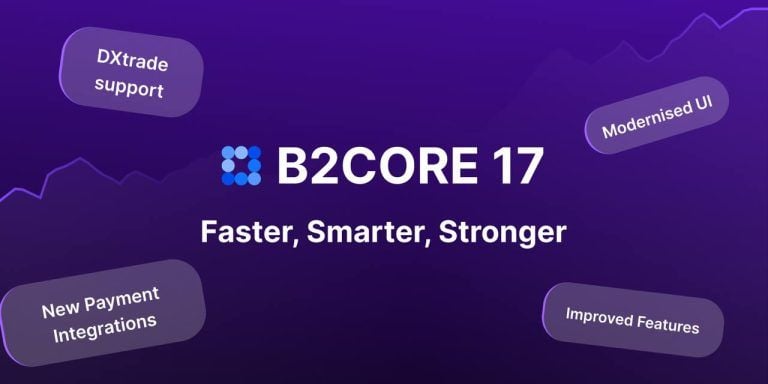

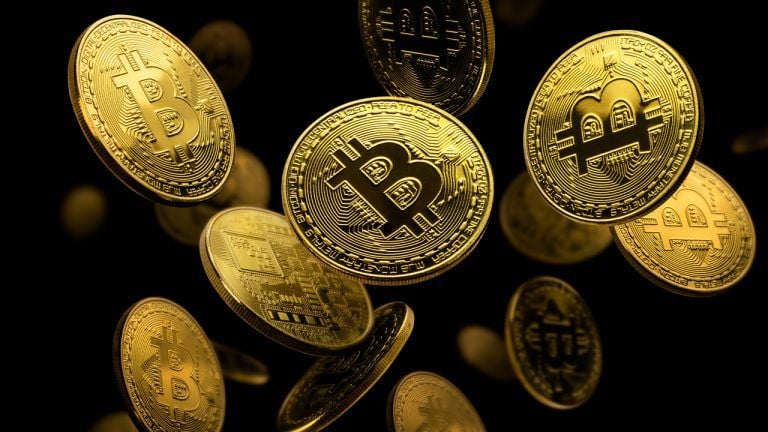
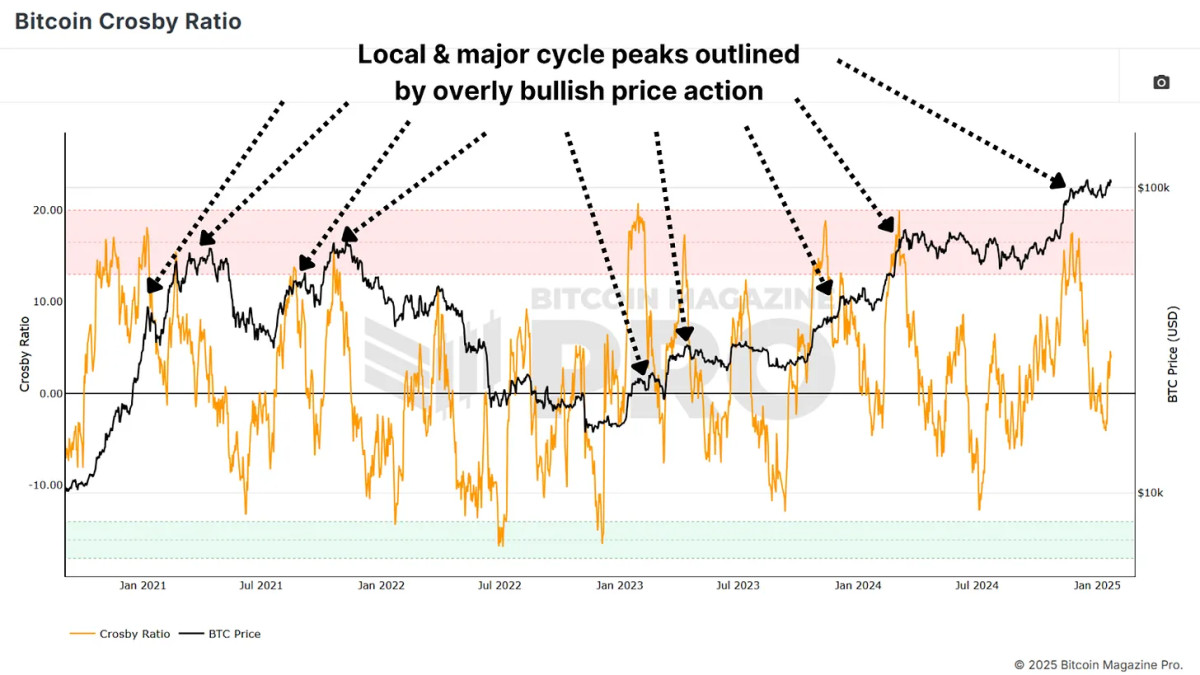

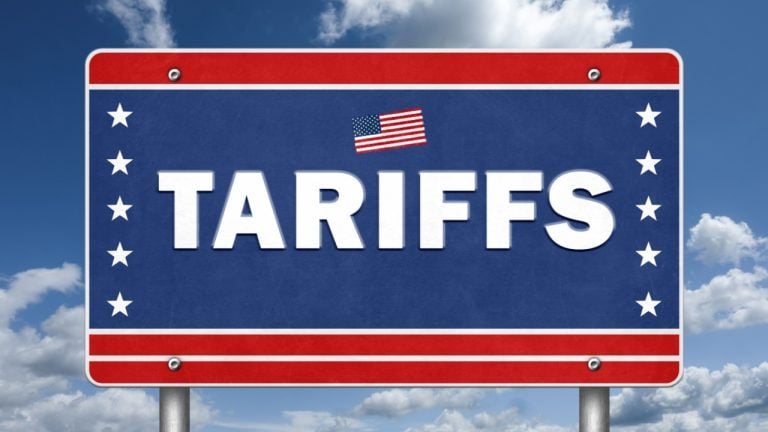

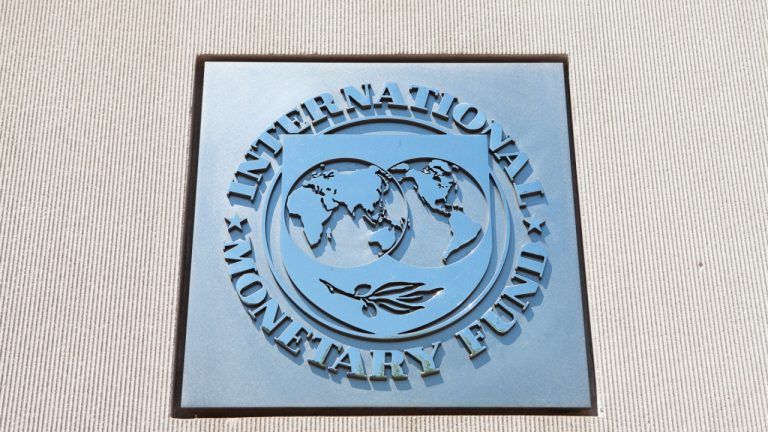
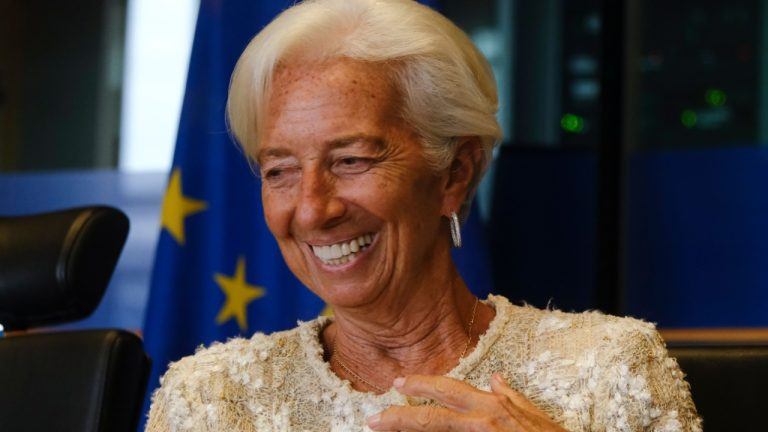


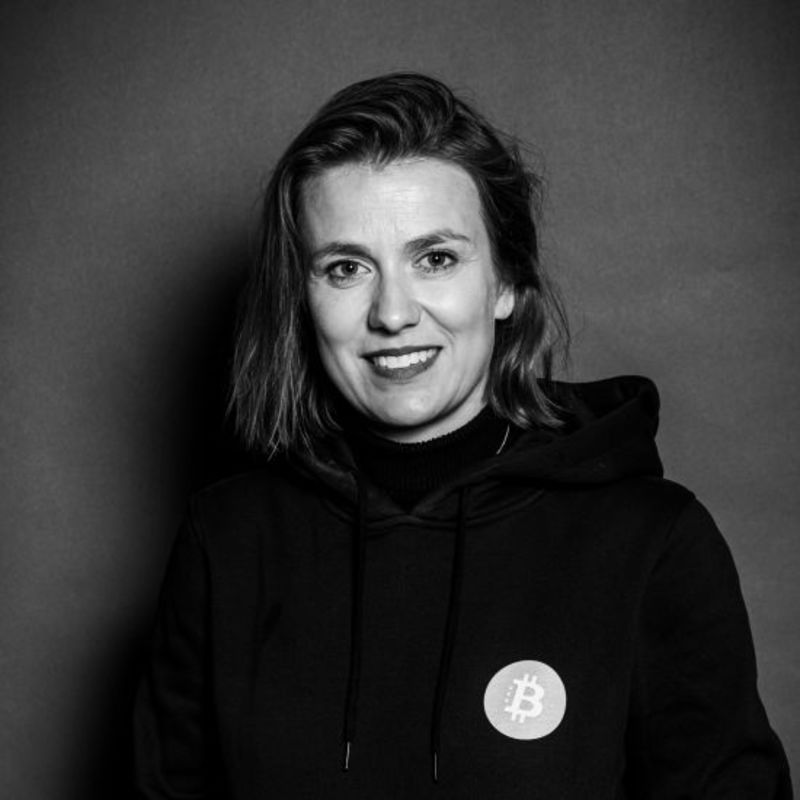

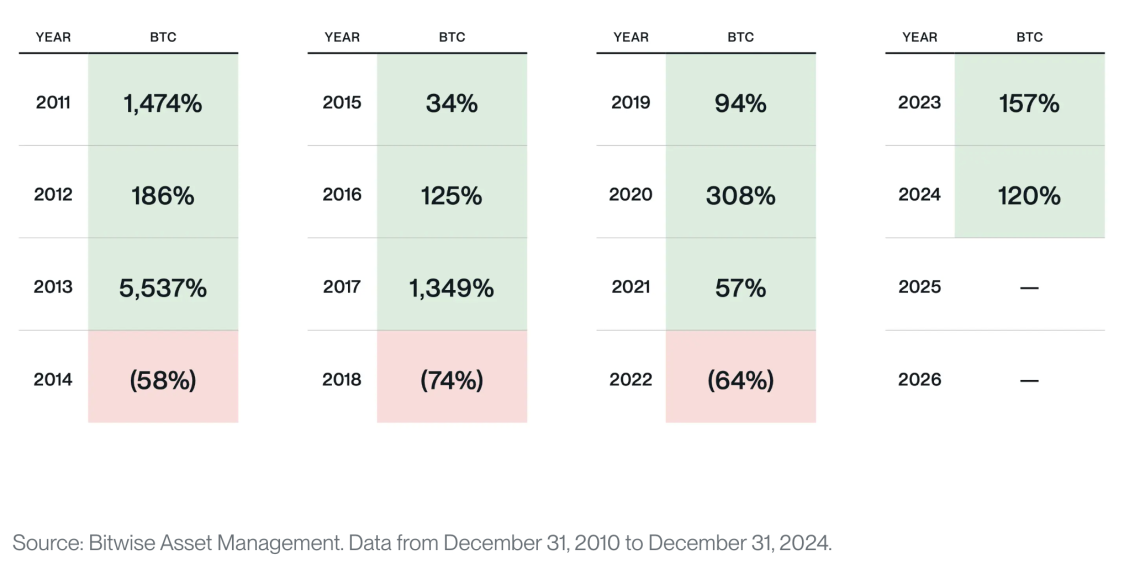



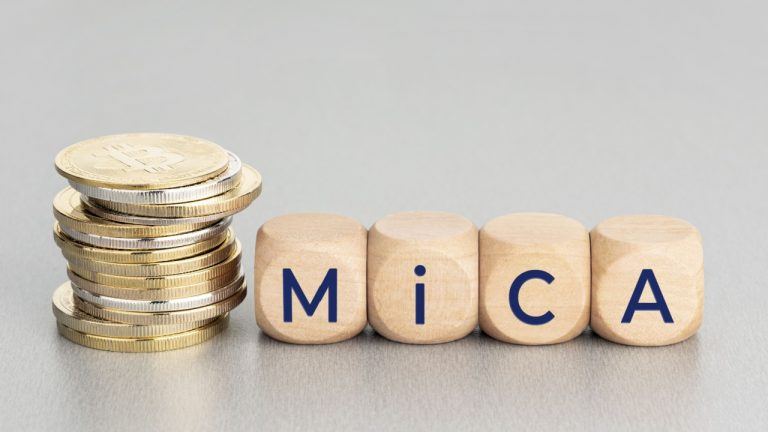

Comments